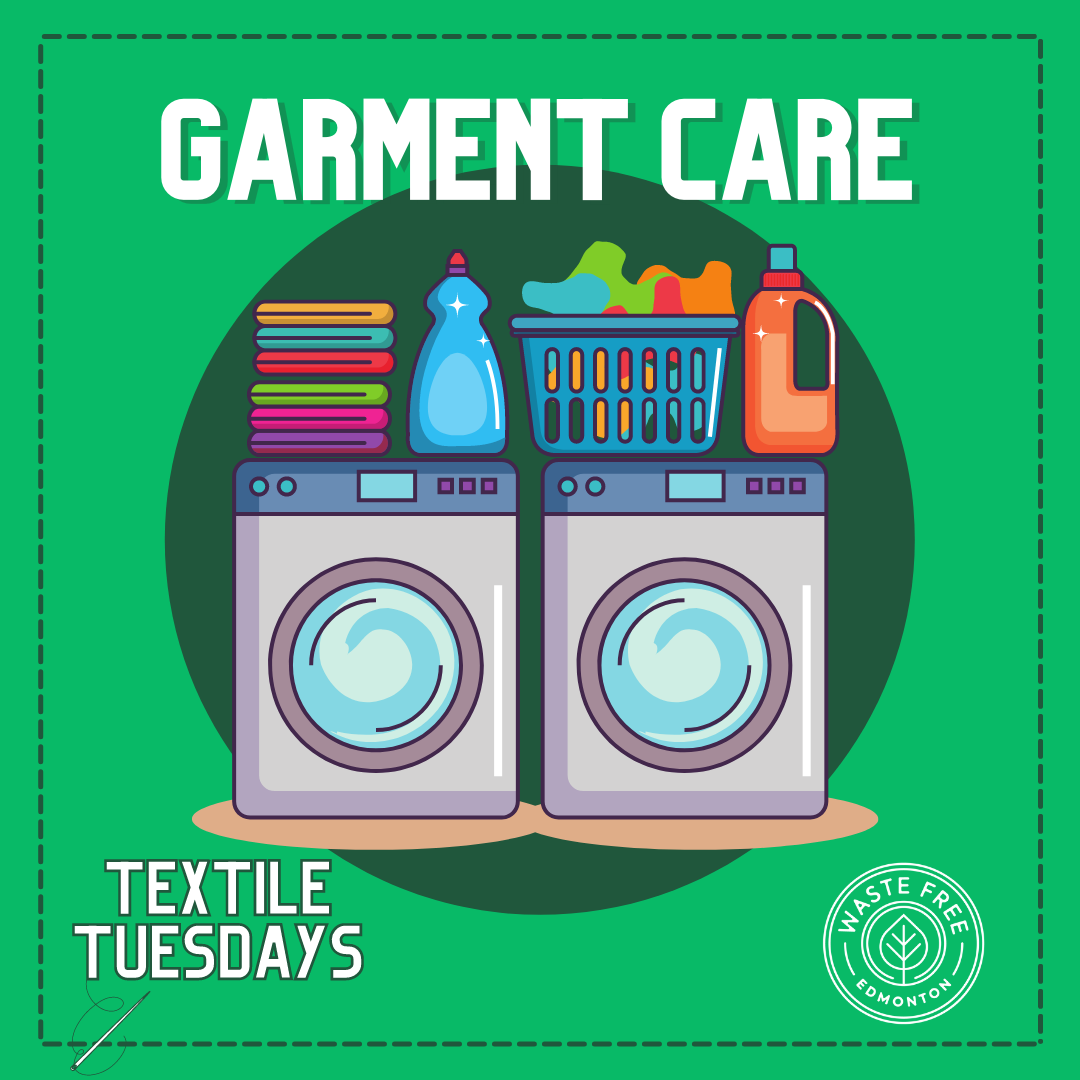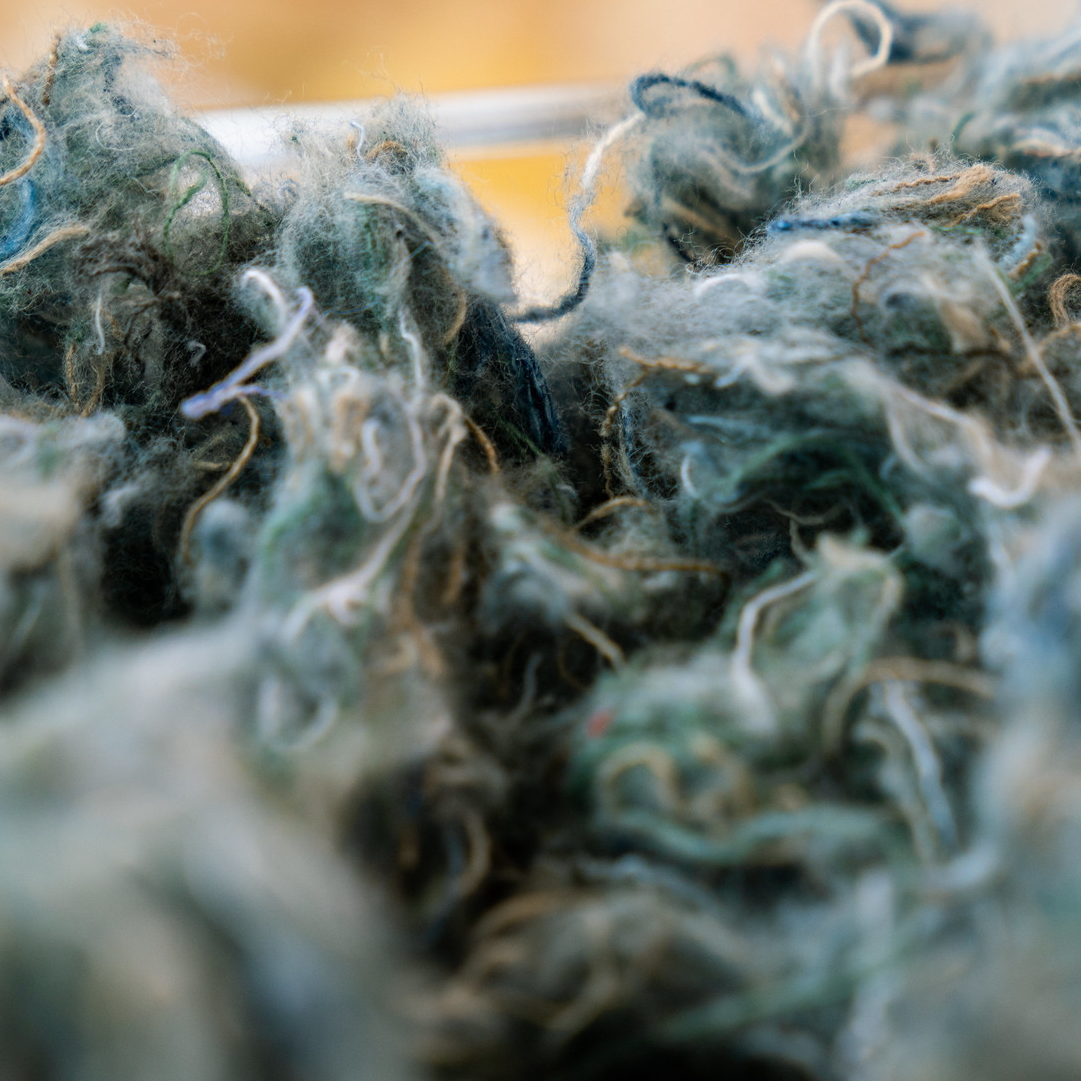“The most sustainable garment is the one already in your wardrobe.” – Orsola de Castro, Fashion Revolution Cofounder
So, how can we make sure our garments last as long as possible? We’ve gathered some tips on garment care from Good On You and The Green Edition that will help extend their useful life:
Wash your clothes less, at a lower temperature, and air or line dry when possible. Not only does this reduce energy and water consumption, but it is easier on your clothes as well. The heat and agitation of laundering can cause fibre loss, colour loss, and stretching. American Cleaning Institute recommends garments worn close to the body (socks, underwear) be washed after each use, but items such as jeans, pajamas, and outer garments (e.g., dress shirts and pants) be washed after 3 or 4 wears.
- Do laundry when you have a full load but be careful not to overload your washer as this can prevent a thorough cleaning and causes excessive rubbing.
- Wash garments according to their care label instructions and follow the directions of your laundry detergent. Different fibres have different requirements for washing, drying, and stain treatments. What might work for one fibre may just damage another (e.g., bleach is OK for white cottons but damaging to wool and other protein fibres).
- Separate clothes based on colours or use cold water to prevent colour loss and dyes from running.
- Reduce the amount of detergent you use as it can build up on your clothes over time. This goes for fabric softeners as well which can change the absorbency or moisture properties of the fabric. Reusable wool dryer balls are a great replacement for softeners and can reduce drying time too!
- Treat stains immediately so that they don’t set. Blot the stain with cold water, rather than rubbing it.
- Store your clothes properly. Fold heavy knits rather than hanging them as they can stretch out and store clothes in a cool, dry environment, away from direct sunlight.
Mend clothing when damaged and alter clothes as needed. Stay tuned for future posts on basic mending techniques and what to look for in a quality garment!



